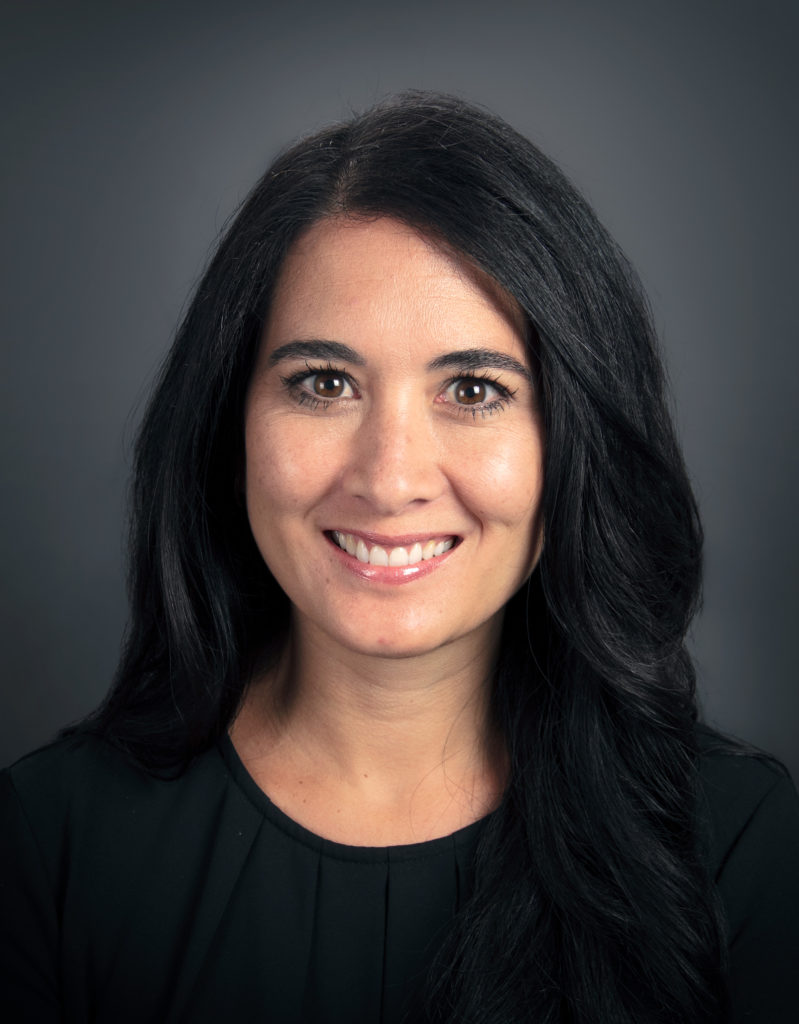

Tech giant Envestnet Tamarac's digitally progressive nature combined with the company’s new focus on building out tools for multigenerational tech adoption has served as the perfect formula for its growth trajectory this year.
Despite the market volatility spurred by the coronavirus pandemic, Envestnet Tamarac was well positioned to be thrown into a remote environment, providing the firm with a good head start in the race for tech providers to deliver tools for advisers to increase assets from their living rooms.
In fact, Envestnet Tamarac is one of the largest companies in the adviser technology market.
The Seattle-based fintech provides registered investment advisers with portfolio management, reporting, trading, client portal and client relationship management software. In two decades, Tamarac has grown a user base of 1,000 registered investment advisers that collectively use the technology to manage $1.2 trillion in assets, according to the fintech’s website.
At the helm of Envestnet Tamarac’s growth is executive managing director Andina Anderson, who has been with Tamarac since February 2006, when she was brought in to lead client support. Her efforts have led to the creation of the client implementation process; her contributions also include the design of a number of key Tamarac software features and input into a new user interface founded on client feedback. She has also been instrumental in building Tamarac's consulting services.
Anderson talked with InvestmentNews about why the company is zeroing in on multigenerational tech adoption, and how advisers can use tech to justify their fees with clients and increase their assets. She also reflects on her career as one of the rare female leaders in fintech.

What follows is an edited version of Anderson’s conversation with InvestmentNews.
InvestmentNews: How has the market volatility impacted Envestnet’s strategies moving forward?
Andina Anderson: Over the past year, you’ve probably heard Envestnet talk about the idea of financial wellness or being able to offer this idea of a full holistic picture of a client’s financial health in many different formats -- with the key factor of that being digital.
A part of the reason we've had such a focus on that is because we're really thinking about the multigenerational client -- we’re starting to see advisers servicing not just the older generation, but also their children and then ultimately their grandchildren. We're seeing different requirements in how that messaging is being delivered and what works for one may not work for another. So we need to be able to offer a lot of customization of functionality and different ways of communicating that out.
Being able to not only give traditional advice, the messaging has to be deeper between advisers and investors -- even going down as far as spending habits, because, again, we're in this really unknown environment, and what we're seeing from investors is they need more reassurance, they need more trust, and they need more visibility from their advisers.
IN: What technology shifts have you seen in the last six months?
AA: Today, advisers have to think about what the value that they can add that's going to differentiate themselves from not only other advisers, but more importantly, in today's world, there’s robo-advisers and the do-it-yourself model that many of the younger generations understand better.
It is a natural reaction for an investor to say, ‘Well, why would I need an adviser? I can do it myself.’ For the adviser, that means you need to start to be able to tell a financial wellness story that starts with the older generations that may pass that information you provided to their children or their children's children.
Before the pandemic, we used to think, ‘OK, we really need to make sure that for the younger generations, or the next generations, we're thinking about the digital device space.’ But what the pandemic has done, because some of those older generations are in high-risk categories, it's defeating that notion where it's not just the younger generations, it's all generations now that really need that digital advice platform and that technology to be able to communicate with their advisers or with anybody that they're using in their trusted network.
IN: How can advisers use technology to justify their fees with clients and increase their AUM?
AA: A lot of it has to do with the fee compression and now, with all the different pieces of technology available, advisers can much more clearly articulate to their clients exactly what services they'll be providing and how much value that they will be adding.
By doing that, advisers can really focus on building client relationships, but still providing a lot more services that can give advisers the confidence to say, ‘Hey, I have best-in-class technology backing all of the outputs, so now I can be much more confident in the plans I'm providing to you.’
Leveraging technology is really taking a lot of that manual, back-office legwork that necessarily isn't the true value an adviser can provide and gives them that opportunity to really think about expanding and growing their business.
IN: Female leadership in financial services is rare, and it’s even rarer for technology companies. How is the diversity landscape of female leadership in fintech today?
AA: At this point, there is a recognition that there needs to be a change and we need to educate on the benefits of having female leaders in order to spark change.
In fintech, there's a lot of stereotypes that exist, like females are too risk-averse or tech developers are really just males. Changing that thought process to say, ‘Well, you know what, maybe females are risk-averse, but maybe they ask different questions so they come to a different risk assessment, or maybe they think about developing in a different way.’
It’s about eliminating those stereotypes, and in the absence of eliminating them, because that's going to take a while, we should at least expand our thinking. We need to be thinking about different questions, which then are going to lead to different outcomes and different decisions, which then are going to lead to a broader audience that you're going to ultimately appeal to.
But it’ll also take small steps. It’s creating more visibility -- getting more females on panels, more visibility into some of the female association groups that are out there that are banding together, getting in college campuses and trying to get females to realize finance technology is really a great career.
It cannot only be a female-driven initiative either. It needs to be both male- and female-driven initiative. That's how we make the change.

Former Northwestern Mutual advisors join firm for independence.

Executives from LPL Financial, Cresset Partners hired for key roles.

Geopolitical tension has been managed well by the markets.

December cut is still a possiblity.

Canada, China among nations to react to president-elect's comments.
Streamline your outreach with Aidentified's AI-driven solutions
This season’s market volatility: Positioning for rate relief, income growth and the AI rebound
